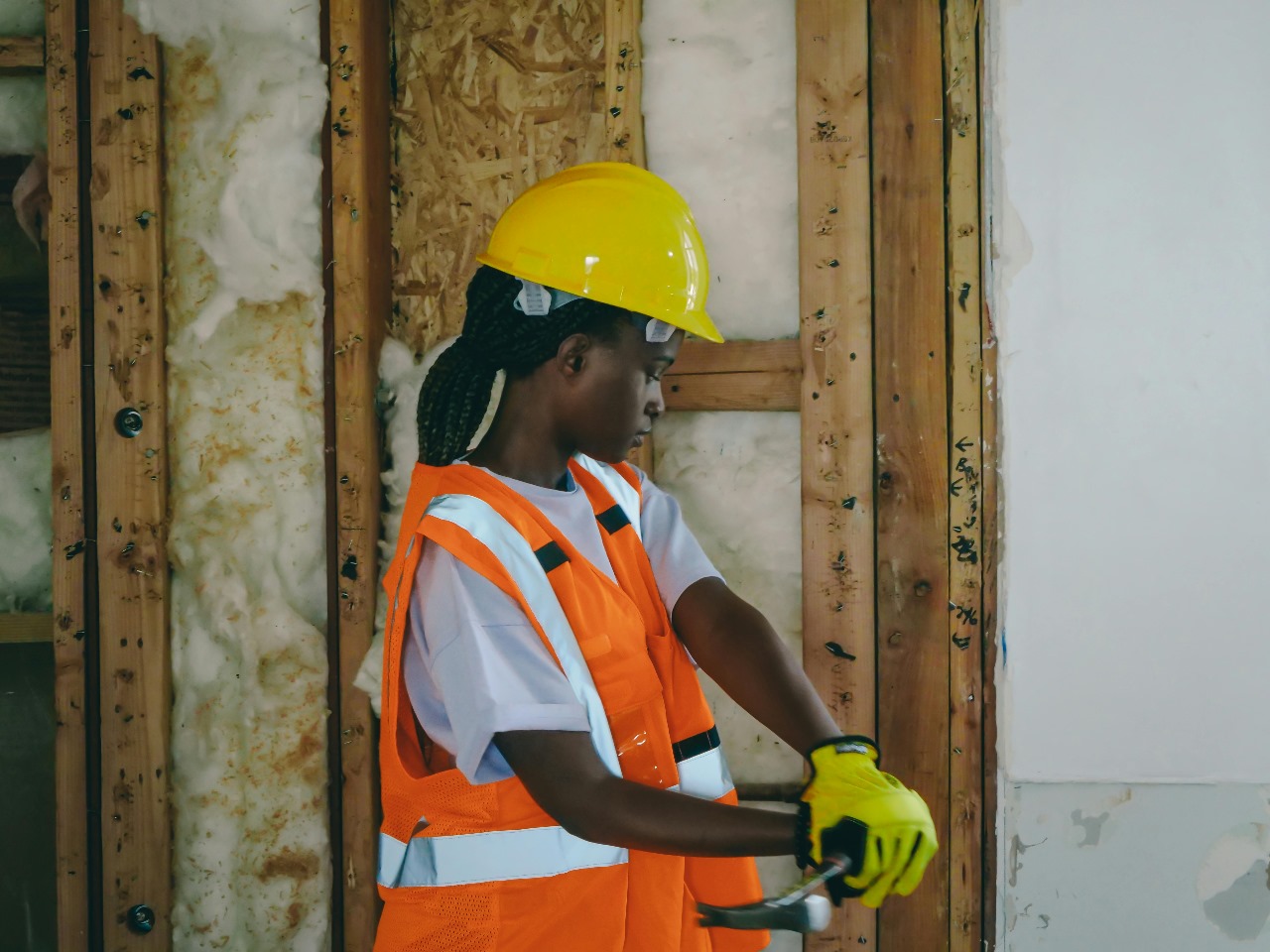The landscape of austin construction is rapidly evolving, driven by advancements in building materials that offer improved performance, sustainability, and design flexibility. These innovative materials are reshaping construction methods in Austin, enabling builders to meet the city’s growing demand for high-quality, eco-friendly, and cost-effective structures.
This article highlights some of the most impactful materials transforming Austin construction and how they contribute to the future of building in the city.
1. Cross-Laminated Timber (CLT)
Sustainable and Strong Alternative to Concrete and Steel
Cross-laminated timber, or CLT, is engineered wood made by layering boards crosswise and bonding them together. It provides exceptional strength and stability while being significantly lighter than traditional concrete or steel.
In Austin, where sustainability is a key priority, CLT is gaining popularity for mid-rise buildings and commercial projects. Its use reduces carbon footprint by sequestering carbon dioxide and minimizing construction waste.
2. Self-Healing Concrete
Extending Durability and Reducing Maintenance
Self-healing concrete incorporates bacteria or chemical agents that activate when cracks form, sealing them autonomously. This innovation extends the lifespan of concrete structures by preventing deterioration and reducing repair costs.
Austin construction firms are beginning to adopt self-healing concrete for infrastructure projects and commercial buildings, enhancing durability and resilience in the city’s variable climate.
3. High-Performance Insulation Materials
Enhancing Energy Efficiency
Modern insulation materials like aerogels and vacuum insulated panels (VIPs) offer superior thermal performance compared to traditional insulation. These materials help Austin buildings maintain comfortable indoor temperatures, reducing reliance on heating and cooling systems.
Incorporating high-performance insulation aligns with Austin’s green building goals and helps reduce operational energy costs.
4. Recycled and Composite Materials
Promoting Circular Economy in Construction
Austin construction is increasingly incorporating recycled materials such as reclaimed wood, recycled metal, and composite decking made from plastic and wood fibers. These materials reduce environmental impact by diverting waste from landfills and conserving natural resources.
Composite materials, in particular, offer durability and low maintenance, making them ideal for outdoor structures like decks and façades.
5. 3D-Printed Building Components
Speeding Up Construction with Precision
The use of 3D printing technology in construction allows for the fabrication of custom components with high accuracy and reduced material waste. Though still emerging, 3D-printed elements are starting to appear in Austin projects, especially for decorative façades and modular parts.
This method enhances efficiency and opens new possibilities for architectural creativity.
Impact on Austin Construction Methods
Streamlined Construction Timelines
Innovative materials often come with easier handling, faster assembly, or reduced curing times, speeding up project completion. For example, CLT panels can be prefabricated off-site, minimizing on-site construction time.
Improved Sustainability and Compliance
Many new materials contribute to LEED certification and other green building standards, helping Austin construction projects meet stringent environmental regulations and community expectations.
Enhanced Structural Performance and Longevity
By adopting materials like self-healing concrete and high-performance insulation, builders improve the durability and comfort of buildings, resulting in lower lifecycle costs and better occupant satisfaction.
Conclusion
The integration of innovative materials is revolutionizing Austin construction methods, offering sustainable, efficient, and high-performance solutions that align with the city’s growth and environmental goals. As builders continue to adopt these advancements, Austin’s built environment will become more resilient, eco-friendly, and architecturally inspiring.
For construction professionals, staying informed about emerging materials is essential to remain competitive and deliver cutting-edge projects in this dynamic market.
